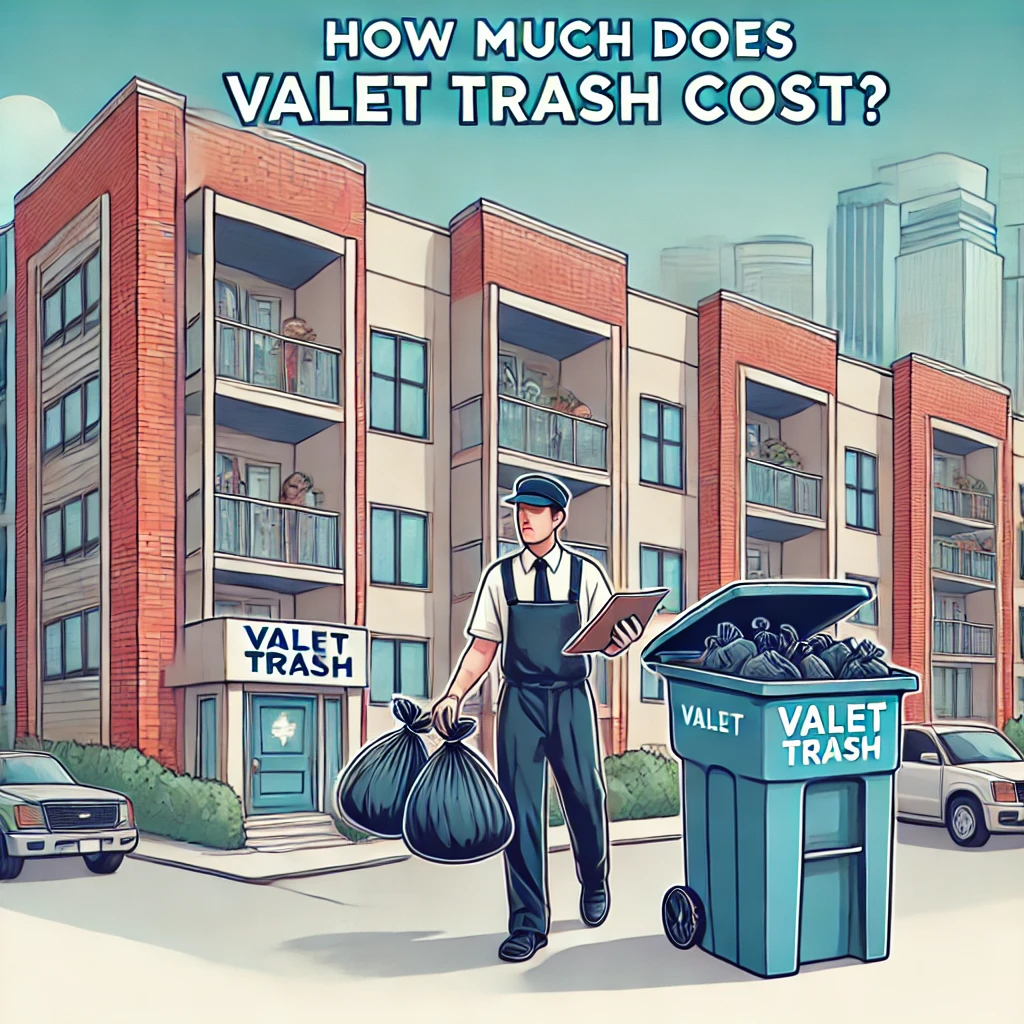
Valet trash removal has become an increasingly popular amenity in multi-family properties, especially in areas like South Florida where residents highly value convenience. As a resident, understanding how the cost of valet trash service is determined can help you appreciate the factors that contribute to the service you receive. Typically, residents pay between $25 and $50 per month for valet trash service. This cost is influenced by several key factors, which we’ll explore in detail.
Adding Services Increases Prices: Additional “valet trash services” *****(put an anchored link from keyword valet trash services and link to home page section: “Additional Valet Waste Services”)*****, such as valet pet waste stations, dumpster leveling, and bulk trash pickup, can increase the overall cost of valet trash services for residents. For example, at Valet Trash Florida, we offer these services as optional add-ons to our core valet trash service. Pet waste stations are maintained five nights a week, while dumpster leveling ensures that dumpsters are efficiently used, avoiding overage fees. Bulk trash pickups, which can be scheduled directly with us, allow residents to dispose of larger items that don’t fit in the regular trash box.
Ready to experience the best valet trash service in Florida? Contact us today!
privacy policy
temrs of service